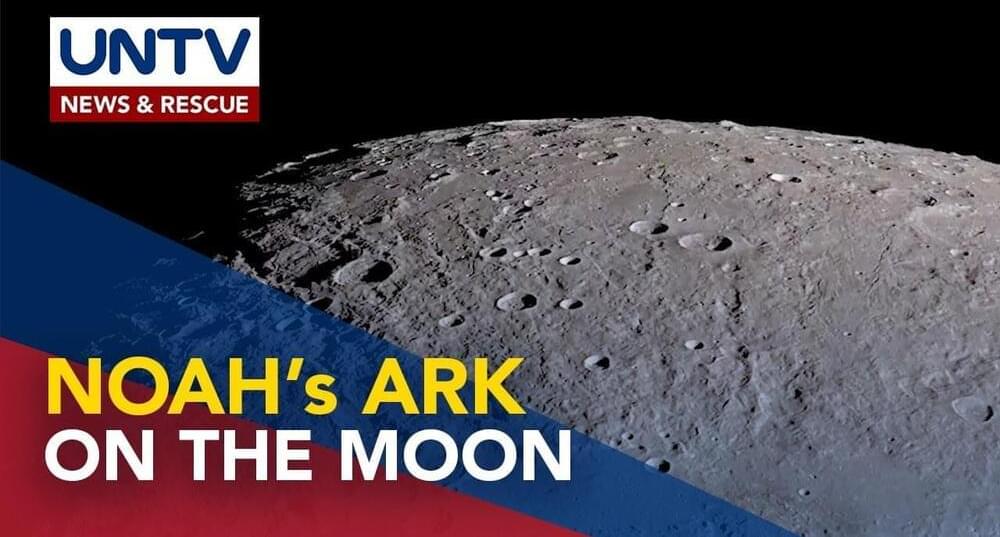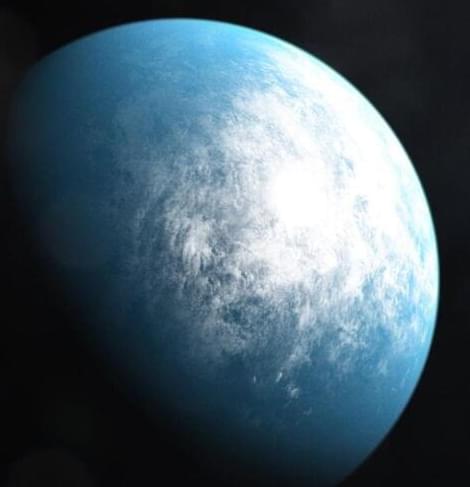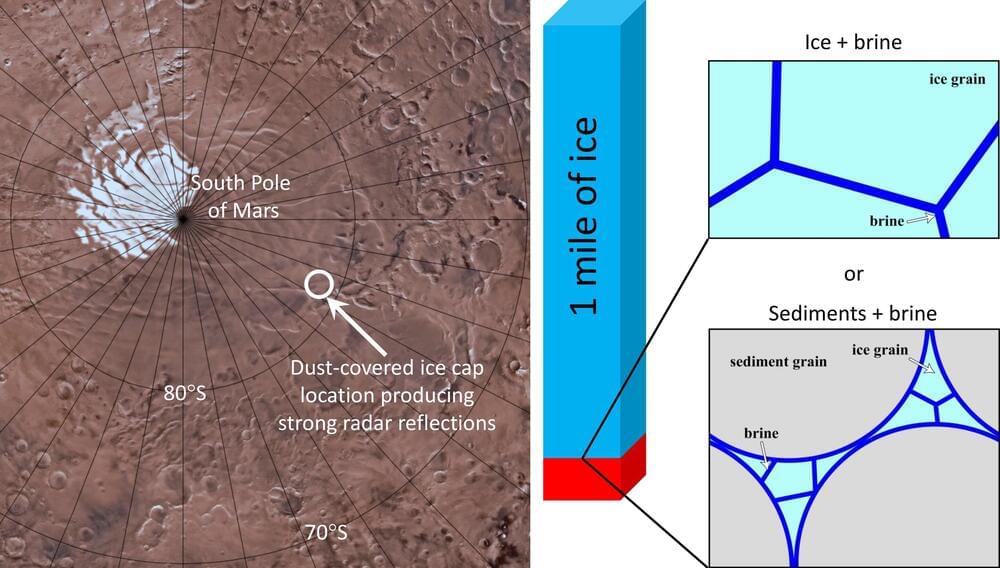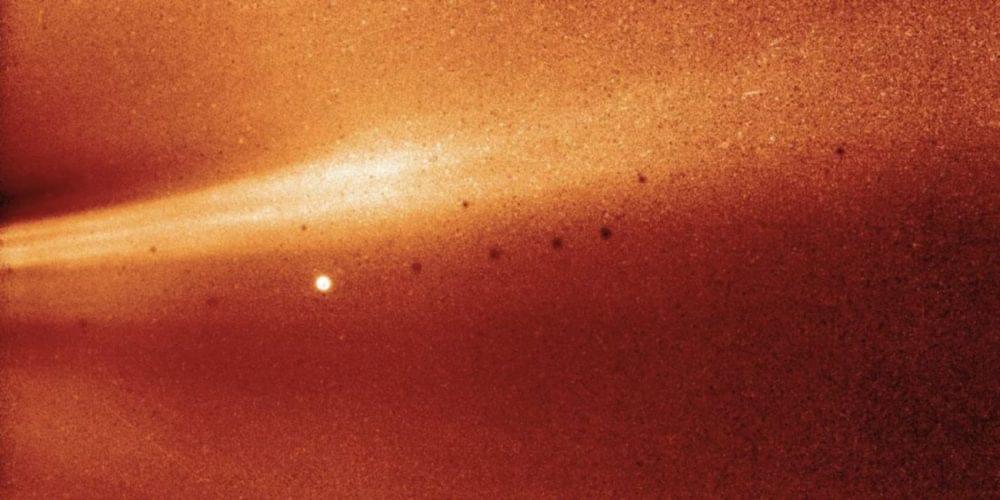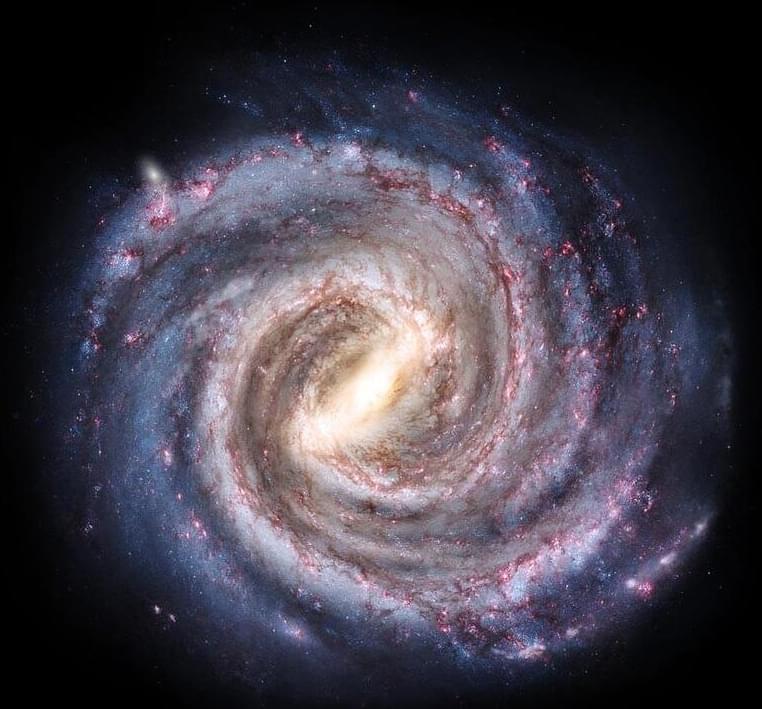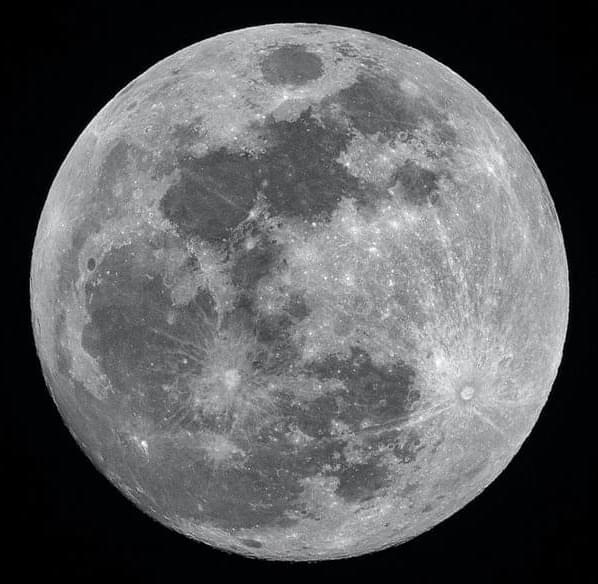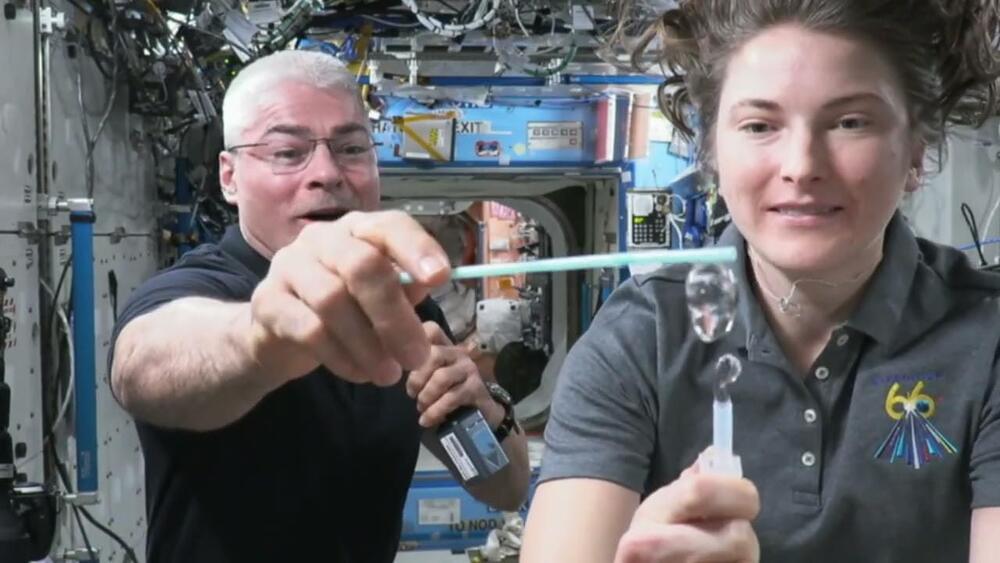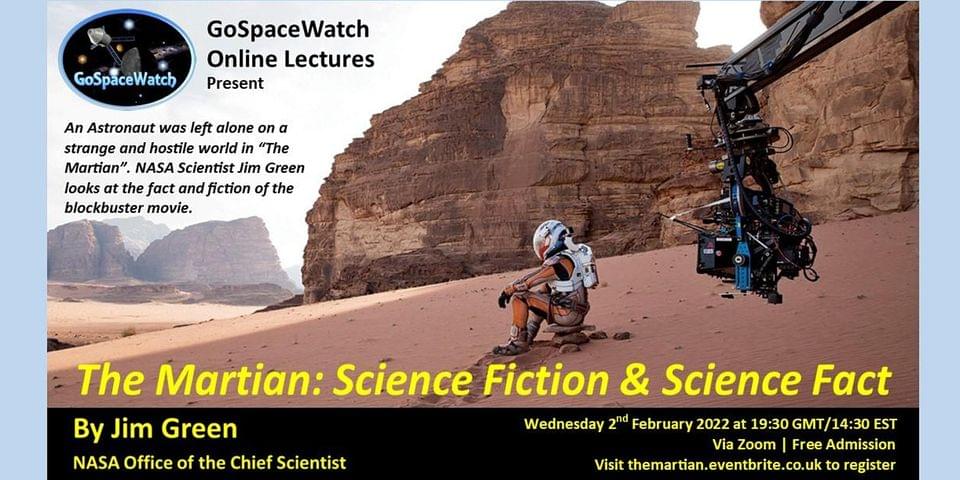Jan 26, 2022
Proposals could give South Bend one of the largest indoor farming campuses in the Midwest
Posted by Shubham Ghosh Roy in categories: food, space, sustainability
SOUTH BEND — The city council gave a unanimously positive recommendation Monday night for two tax abatements that could put South Bend at the epicenter of the hydroponic produce market in Indiana, and possibly the Midwest, for years to come.
JEM Farms South Bend plans to spend as much as $178 million on greenhouses and logistical equipment to grow tomatoes and strawberries throughout the year on land at Calvert Street and Renewable Drive, adjacent to the South Bend Ethanol Plant.
That facility would be located on land owned by Ceres Partners, the agricultural investment group located just south of the University of Notre Dame campus and the original investors in Pure Green Farms.

